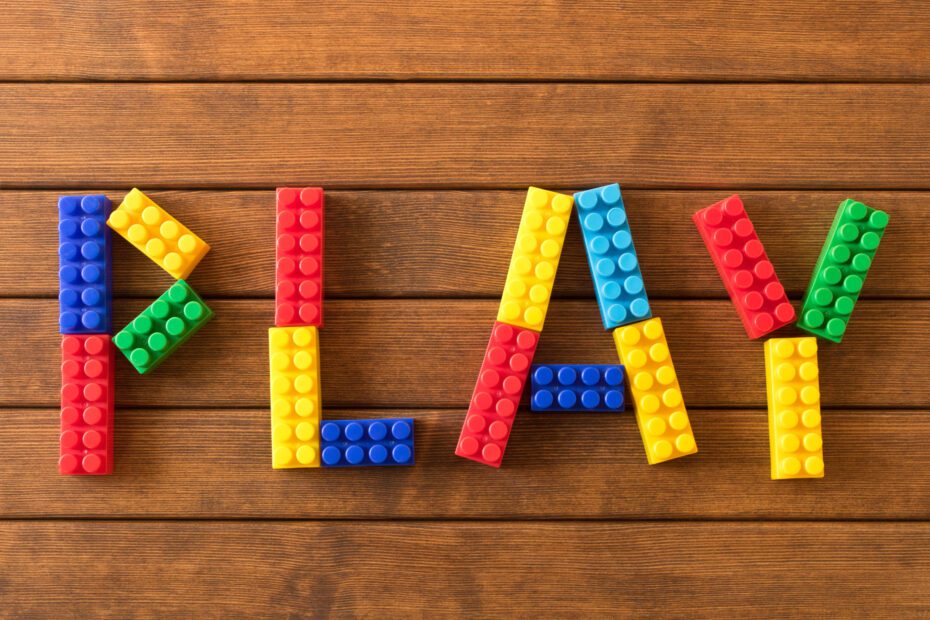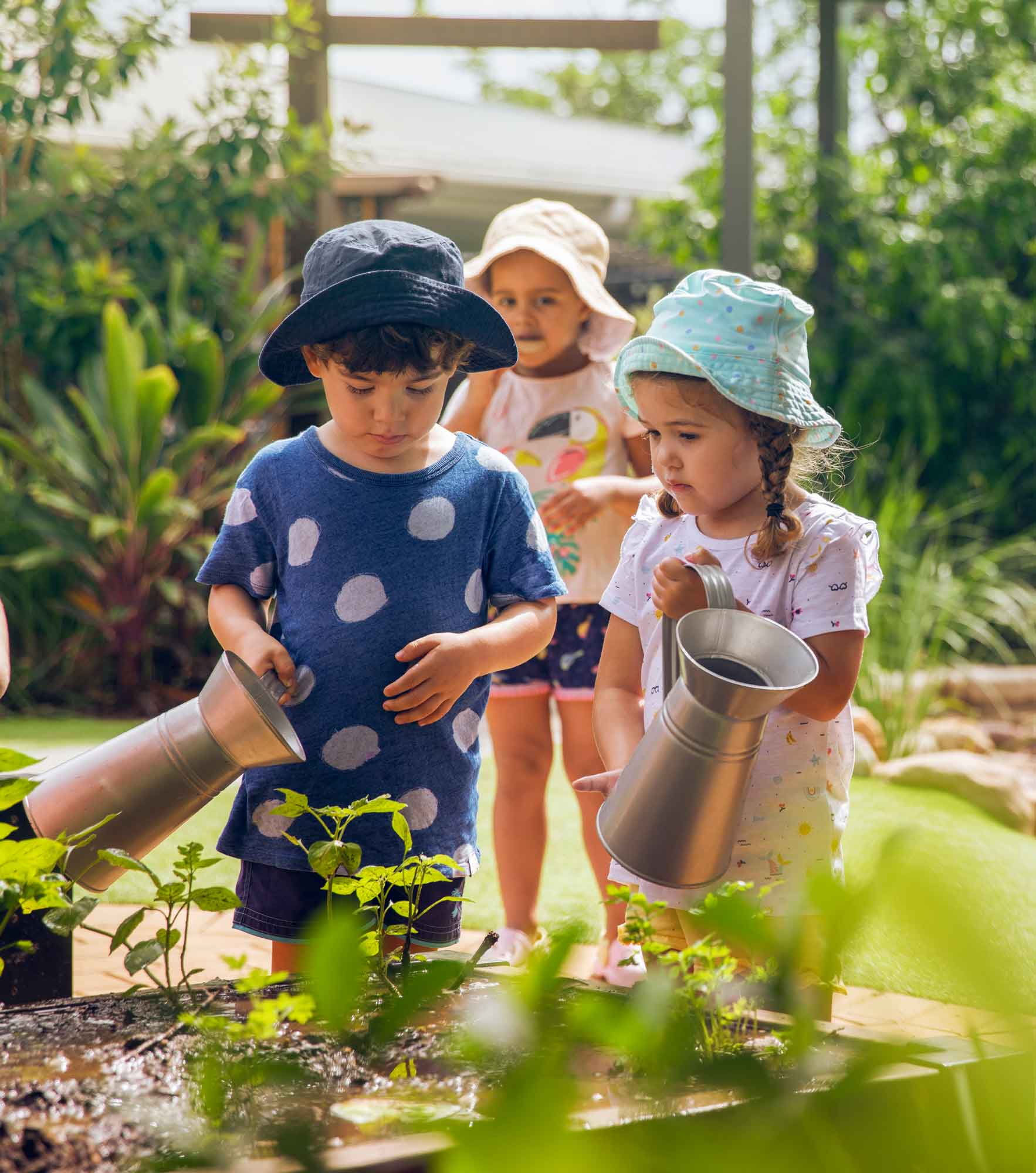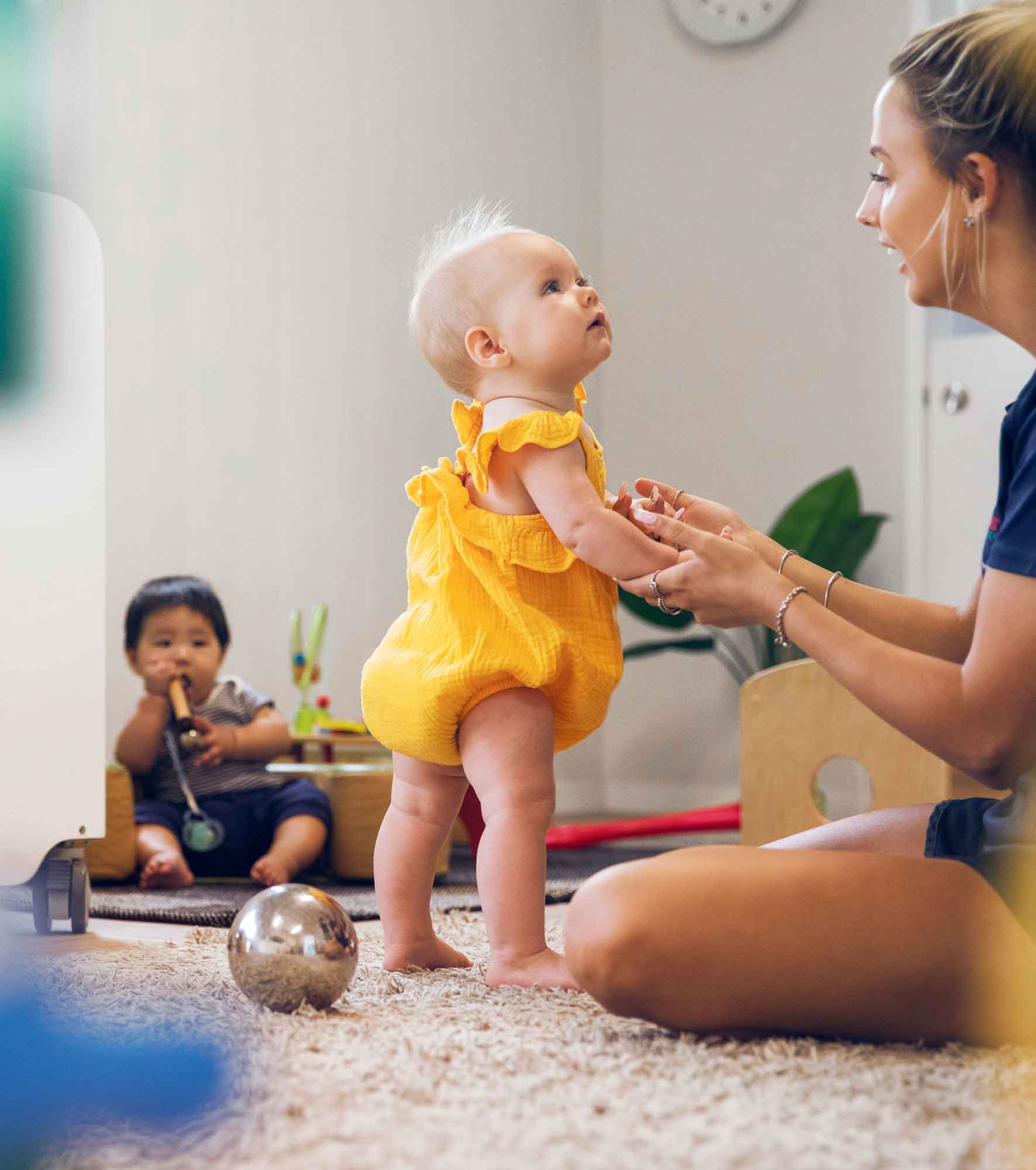The building blocks to success? Building blocks!

Playing with Lego or bricks, in general, is a popular pastime for children. However, while parents may consider this activity a way to keep their children occupied, there is much more to it.
Today we want to dive deeper into the benefits of playing with Lego. And this is to start with: Which building blocks are used in the end does not matter when it comes to the effect. Playing with bricks is a valuable task for children’s development. It helps them develop essential skills such as creativity, problem-solving, and critical thinking. There are many studies in this field, and Lego has a foundation that does these studies but also offers free exciting materials for parents and educators.
Journey Early Learning has taken the time to compile the results of studies on why playing with building blocks is so valuable. Here is the surprising information that we discovered:
Playing with Bricks or Lego encourages creativity.
Children use their imagination to create unique designs. Unlike toys with predetermined shapes or designs, Lego and bricks allow children to create anything imaginable. According to a study conducted by the LEGO Foundation, children who played with Lego had higher levels of creativity than those who did not.
Playing with Bricks or Lego helps to develop problem-solving skills.
They must figure out how to build structures using limited resources and ensure their designs are stable and intact. This requires planning, trial and error, and thinking critically. A study published in the Journal of Early Childhood Research found that children who played with Lego had better problem-solving skills than those who did not play with Lego.
Playing with Bricks or Lego enhances spatial reasoning.
Spatial reasoning is the ability to visualise and manipulate objects in your mind. Playing with Lego and bricks helps children develop this skill by allowing them to build structures and shapes. A study published in the Journal of Educational Psychology found that playing with blocks, including Lego, improved children’s spatial reasoning abilities.
Playing with Bricks or Legos encourages collaboration.
Children can work together to build structures and solve problems. This helps them develop teamwork and communication skills, which are essential in many areas of life. For example, a study published in the Journal of Early Childhood Research found that children who played with Legos in a group setting were likelier to collaborate and share their ideas than those who played alone.
Playing with Bricks or Lego helps to improve fine motor skills.
Children manipulate small objects, which helps improve their fine motor skills. This includes the ability to grasp and manipulate small objects, which is important for many everyday tasks, such as writing and using utensils. A study published in the journal “Pediatrics” found that children who played with construction toys, including Lego, had better fine motor skills than those who did not play with these toys.
Playing with Bricks or Lego helps with language development.
Children can use language to describe their designs, explain their thought processes, and ask for help. This helps them develop their vocabulary and communication skills. That was found in a study published in the Journal of Educational Psychology.
Playing with Building Bricks or Lego teaches perseverance.
They may encounter challenges or setbacks when building their structures, but they can eventually overcome these obstacles by continuing to work on them. This helps them develop resilience and persistence, which are important qualities for success in many areas of life. For example, a study published in the Journal of Early Childhood Research found that children who played with Lego were more likely to persist in tasks and activities than those who did not play with Lego.
So, the next time you step on a Lego brick barefoot (and it is bound to happen) and feel that familiar and completely overwhelming pain goes through, you can at least console yourself with the fact that these bricks are conducive to your child’s development.

